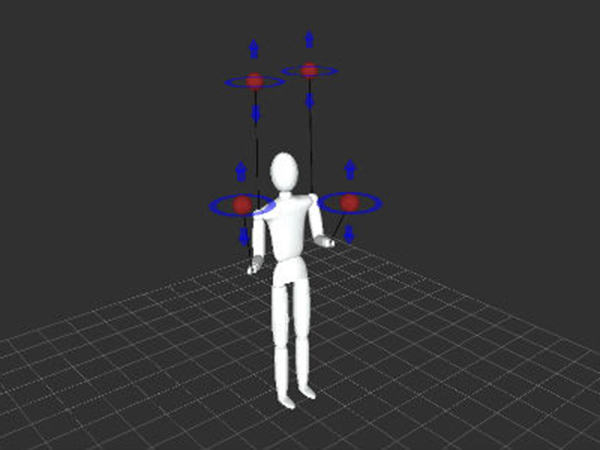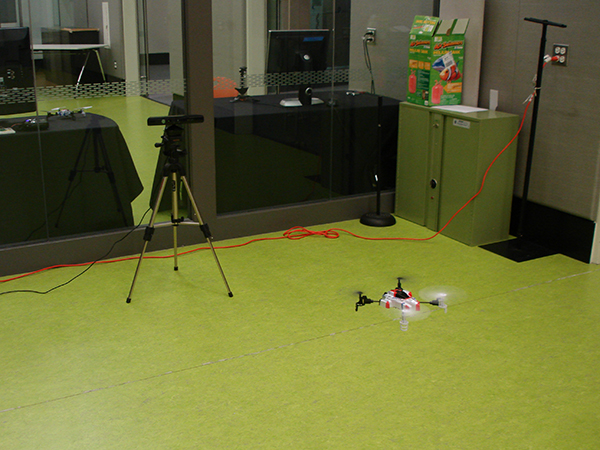
Project Overview
Trep is a rigid-body simulation software developed in the NxR Lab at Northwestern by Elliot Johnson. As I continued to use both Trep and ROS (Robot Operating System) for several projects as a PhD student, it became clear that some utilities would be helpful in bridging the two pieces of software. There were two main tools in particular that would be useful. First, a parser that could create a Trep system from a URDF representation and second, a method to automatically advance the Trep simulation at a given ROS timestep. I put these two tools together which have been incorporated into Trep and also packaged on the ROS buildfarm.
![]() The code for the ROS bridge tools is on Github: https://git.io/rostrep
The code for the ROS bridge tools is on Github: https://git.io/rostrep
![]() An example ROS package called is available at: https://github.com/MurpheyLab/trep_urdf_demo
An example ROS package called is available at: https://github.com/MurpheyLab/trep_urdf_demo
Tool Details
The URDF parser creates a Trep system model using certain tags from the URDF XML specification. The following tags are supported:
- Link - name
- Inertial
- origin
- mass
- inertia (only ixx,iyy,izz supported, off-axes should be zero)
- Joint - name, type: fixed, continuous, prismatic (no joint limits)
- origin
- parent
- child
- dynamics (damping only)
The ROSMidpointVI class extends the MidpointVI class available in trep. This class automatically publishes all frames imported from the URDF to the /tf topic every time ROSMidpointVI.step() is called.


